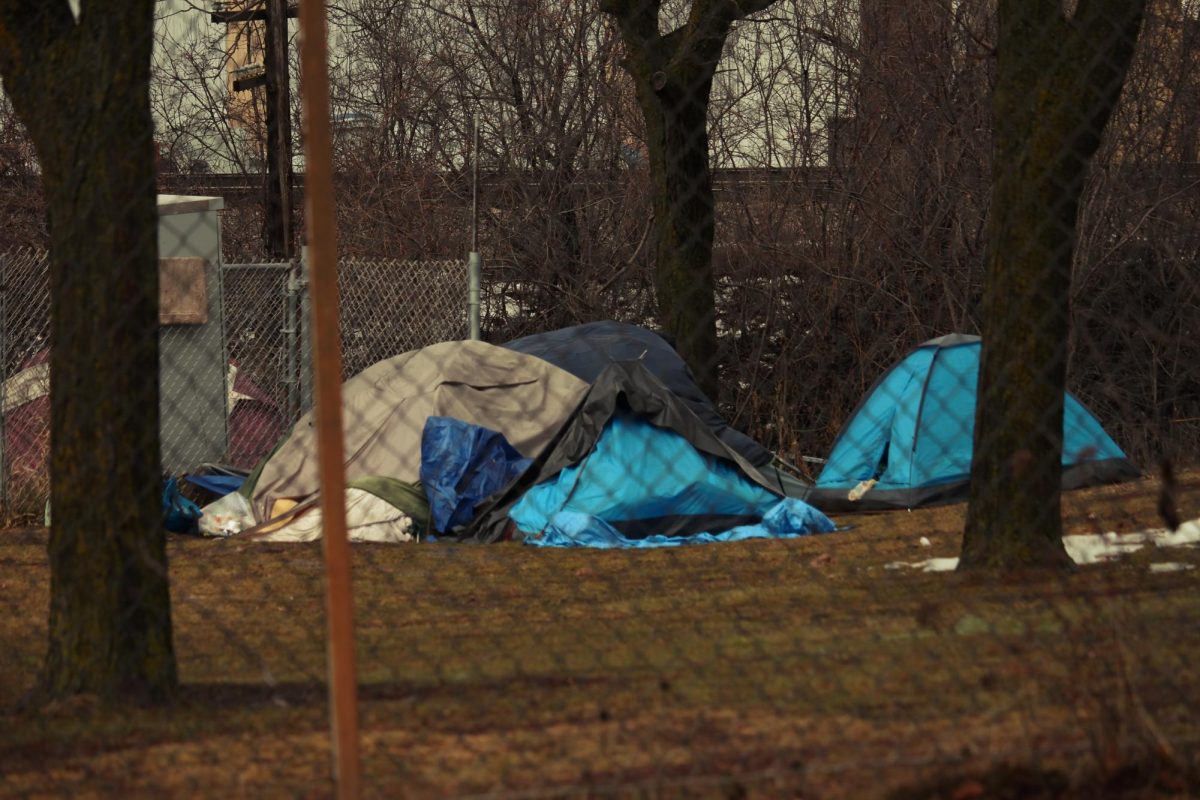Factors include natural disasters, fatal motor vehicle crashes, violent crimes
A study released by Forbes last week reported the Milwaukee metropolitan area to be the second safest major city in the United States.
Forbes determined Milwaukee, Waukesha and West Allis deserved the ranking by looking at several factors, including the number of violent crimes, workplace deaths, fatal motor vehicle crashes and natural disasters.
Forbes looked at the 40 largest metropolitan areas in the United States when determining the ranking. Milwaukee was defeated by Minneapolis for the No. 1 spot.
According to Forbes writer Zack O’Malley Greenburg, Milwaukee earned its ranking because of its exceptionally low risk of natural disasters. In fact, Milwaukee ranked No. 1 in having a low natural disaster risk.
As for the other safeness factors, Milwaukee ranked fourth safest in terms of death caused by traffic accidents, 11th in deaths occurring at the workplace and 24th in number of reported violent crimes.
“When I heard the ranking, I wasn’t surprised,” said Capt. Russell Shaw, associate director of Marquette’s Department of Public Safety.
Shaw said he believes there has been “a real concentrated effort in making the city safer.” These efforts are showing through in the statistics, he said.
Ben Leonard, a sophomore in the College of Communication, was more surprised by the ranking.
“While I find Milwaukee generally safe, there are some areas that I find very unsafe,” he said.
Falling behind Milwaukee, Portland, Ore. was ranked third safest because of its first place ranking in least number of reported violent crimes. Portland was only one point away from tying Milwaukee.
At the bottom of the list, Miami was rated the least safe city to live in. Miami also ranked as the city most likely to experience a natural disaster—the same category in which Milwaukee ranked least likely.
Jacksonville and Houston rounded out the bottom three, ranking 39th and 38th respectively. Jacksonville’s lowest ranking in the study was its number of traffic-related deaths. Houston’s lowest ranking was in the number of deaths in the workplace.
Forbes created the list by looking at a number of different sources. To rank the number of reported violent crimes, the magazine considered violent crime rates from the FBI’s 2008 Uniform Crime Report.
The rate of deaths in the workplace was determined from 2008 numbers from the Bureau of Labor Statistics.
The ranking of deaths occurring from traffic accidents was determined from 2008 traffic death rates from the National Highway Traffic Safety Administration.
Natural disaster risk was determined using rankings from green living site SustainLane.com, a Web site that periodically ranks the most populous U.S. cities in terms of sustainability and environmental practices.
The full list of cities can be viewed at Forbes.com.










